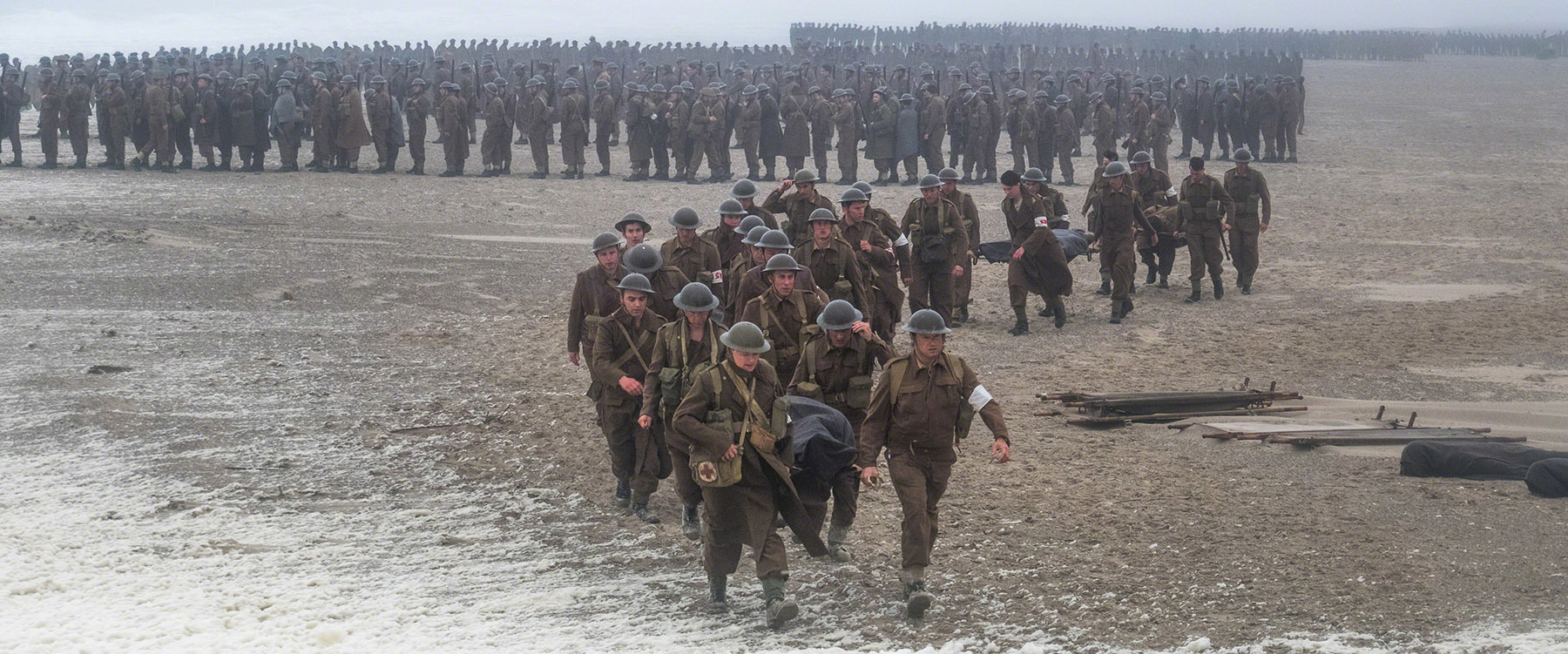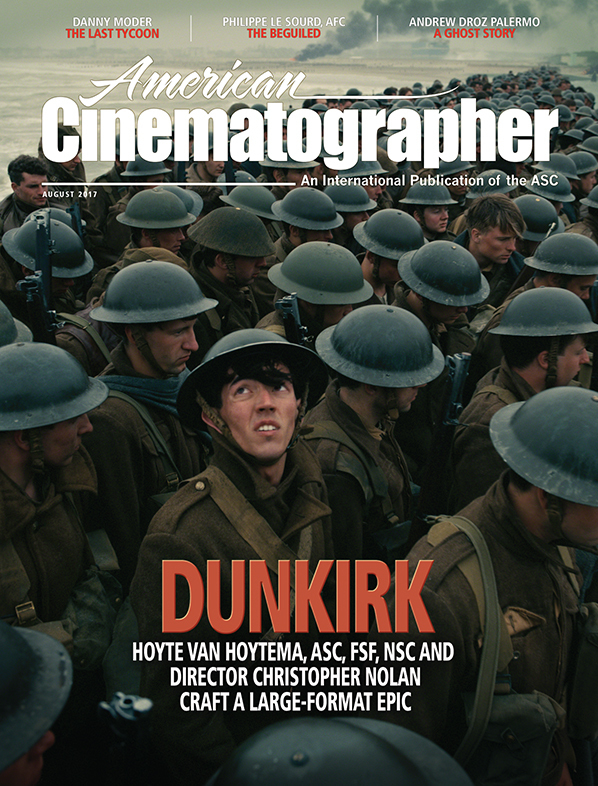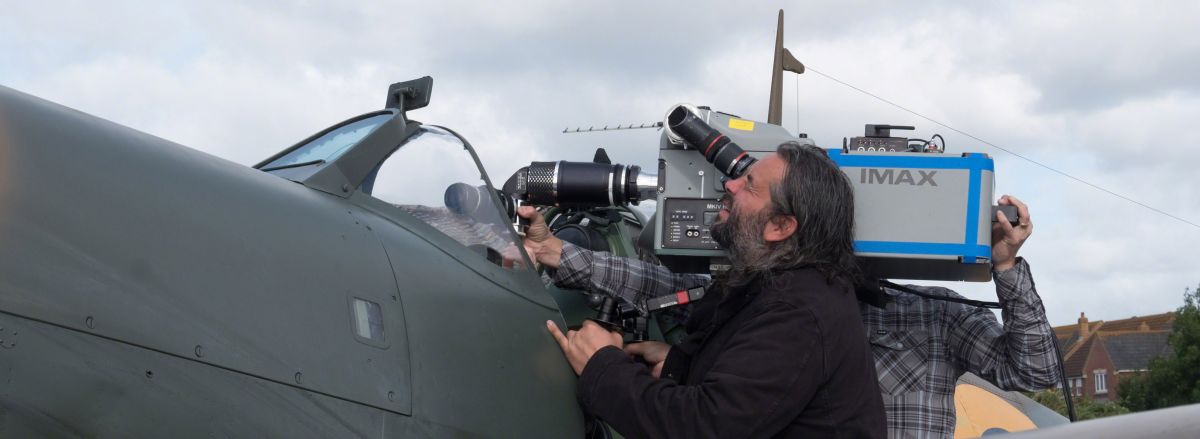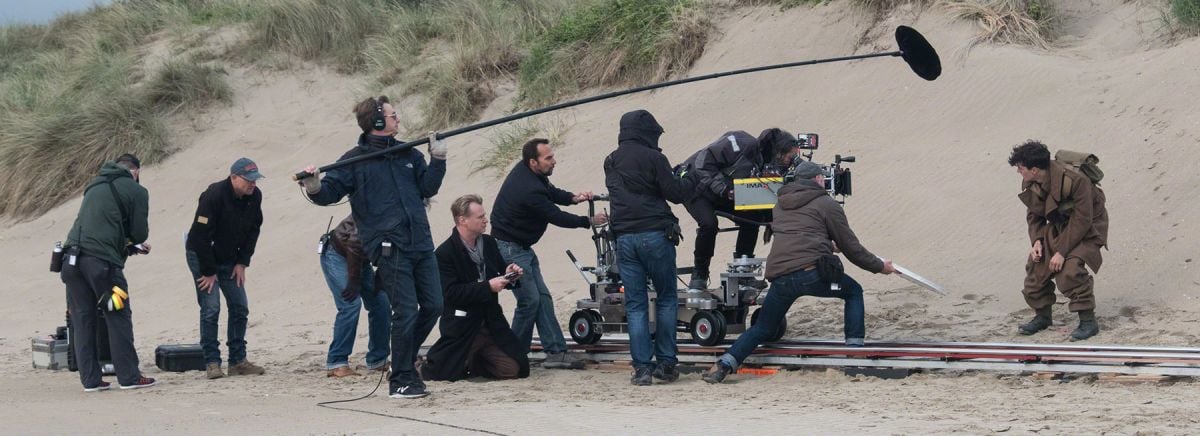
August Digital Edition of American Cinematographer Ready for Subscribers
Digital subscribers can get the complete issue by logging into their account.

The digital edition of the August issue of American Cinematographer is now available to subscribers, featuring an in-depth cover story on the productions of the World War II drama Dunkirk, photographed by Hoyte van Hoytema, ASC, FSF, NSC and directed by Christopher Nolan, continuing their working relationship established on the sci-fi adventure Interstellar.
Shot on 65mm film and finished photochemically, the new production offered a number of creative and technical challenges for the filmmakers, and this excerpt from the cover story on Dunkirk by AC contributor Michael Goldman illustrates one instance of this that took place:
During a meeting to strategize how best to shoot aerial dogfighting sequences for the World War II epic Dunkirk — an entirely large-format film production — director Christopher Nolan and cinematographer Hoyte van Hoytema quickly realized that solving one problem had created the potential for another.
For these sequences, which were crucial to Nolan’s vision, the director was determined to use a 15-perf 65mm Imax MSM camera inside the tiny cockpit of a replica vintage Spitfire fighter plane as it engaged in actual aerial maneuvers. And thanks to a specialized periscope lensing system built by Panavision, the filmmakers solved the problem. However, it occurred to them that acquiring these “intimate angles,” as van Hoytema calls them, foreshadowed a film-printing issue.

The duo not only put their heads together — one of them literally stood on his in order to better conceptualize the problem. “[The periscope] gave us a flipped image because of the prism,” van Hoytema explains. “With 65mm 5-perf, that would be a simple problem to overcome just by flipping the negative in the printer. But with Imax — which we were determined to use — where every frame is printed horizontally across the negative, it was not possible to flip the negative in the printer. Flipping the whole negative horizontally would effectively play the scene backwards, and flopping the negative vertically would turn the image upside down.
“I remember pondering how we could solve this problem optically,” he continues, “without the interference of a [digital intermediate] or computers. Correcting the image digitally would fundamentally change things visually. Chris and I were trying to do as much as possible in camera for the simple reason that we wanted to avoid scanning and printing back to film, where there would be a huge loss of quality.”
Van Hoytema reports that it required “Chris Nolan standing on his head in my office to come to a realization — what if we turned the camera upside down?”
Dunkirk, which opens with 125 large-format screens on July 21 in the U.S., will have the widest 70mm theatrical film-print release of any picture in 25 years.
An app has been created by Eastman Kodak to help audiences find venues exhibiting Dunkirk on film. (For IOS. For Android.)
Digital AC subscribers can log in now to get the complete production story on Dunkirk, as well as in-depth coverage on The Last Tycoon (DoP: Danny Moder), The Beguiled (DoP: Philippe Le Sourd, AFC) and A Ghost Story (DoP: Andrew Droz Palermo).
Subscribe to AC's digital edition here.







